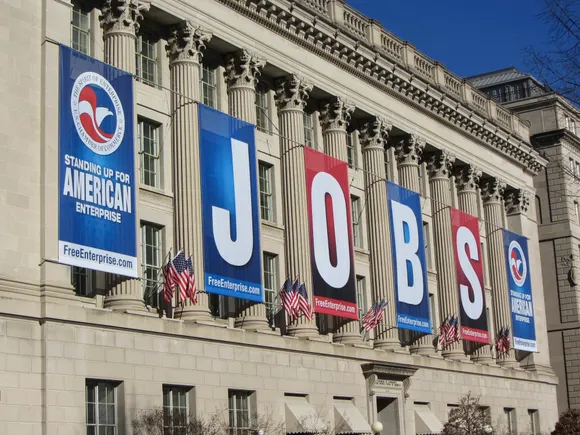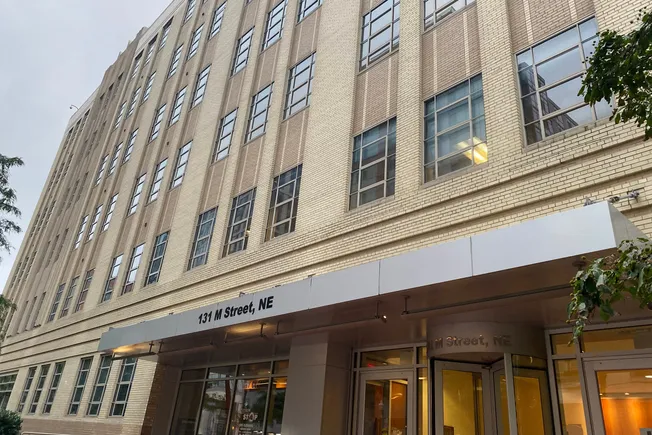Involuntary separations have played a key role in workforce churn in 2025, yet employers aren’t necessarily replacing those positions, according to a Nov. 19 report from iHire.
Voluntary quit rates also declined for the second consecutive year, as more employees are job hugging and sticking with their roles, the report found.
“Our data confirms employees are staying at their jobs longer, but employers shouldn’t get too comfortable,” Steve Flook, president and CEO of iHire, said in a statement.
“If the labor market heats up in 2026, job huggers might quickly become job hoppers, and even the most seemingly satisfied workers could be eyeing new opportunities,” Flook added. “Employers must continue focusing on their retention and engagement efforts, including nurturing inclusive cultures, offering flexibility, providing growth opportunities and regularly gathering and acting on associate feedback.”
In a survey of 1,185 U.S. workers and 210 employers, 19.5% of employers said they conducted layoffs and 54.8% fired or terminated employees in 2025. However, 44.3% didn’t backfill a position this year.
In addition, 35.9% of workers said they quit a job during the past year, down from 38.5% in 2024 and 43.3% in 2023.
Among those not actively looking for a new job, 45.5% said they were sticking around due to happiness with their role, and 15.6% said it’s “too risky” to look for another job right now due to economic conditions.
For the second year, toxic workplaces were named as the top driver of quits among 26.8% of workers, followed by poor company leadership (24.2%) and unhappiness with their manager (22.8%). Fewer workers said they left due to burnout, poor work/life balance or unsatisfactory pay than in 2024.
In contrast, workers said they’re staying in their roles due to a positive work environment (81.5%), health insurance (68.4%), work/life balance (63.9%), retirement benefits (59.4%) and professional development opportunities (57.4%).
During the second half of 2025, workers began holding onto their jobs, or job hugging, to ride out uncertainty around layoffs, economic indicators and political strife, experts told HR Dive. However, this could mean employees are only staying for job security, which can lead to declines in productivity. In response, HR pros can drive engagement through professional growth opportunities, HR experts said.
Looking ahead to 2026, workers may continue to job hug for the next six months, according to an Eagle Hill Consulting report. In particular, women and millennial workers are more likely to stay put, while men and Generation X workers appear more likely to leave, the report found.





Leave a Reply